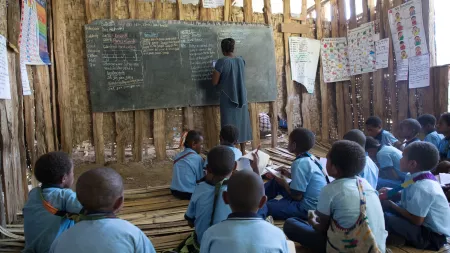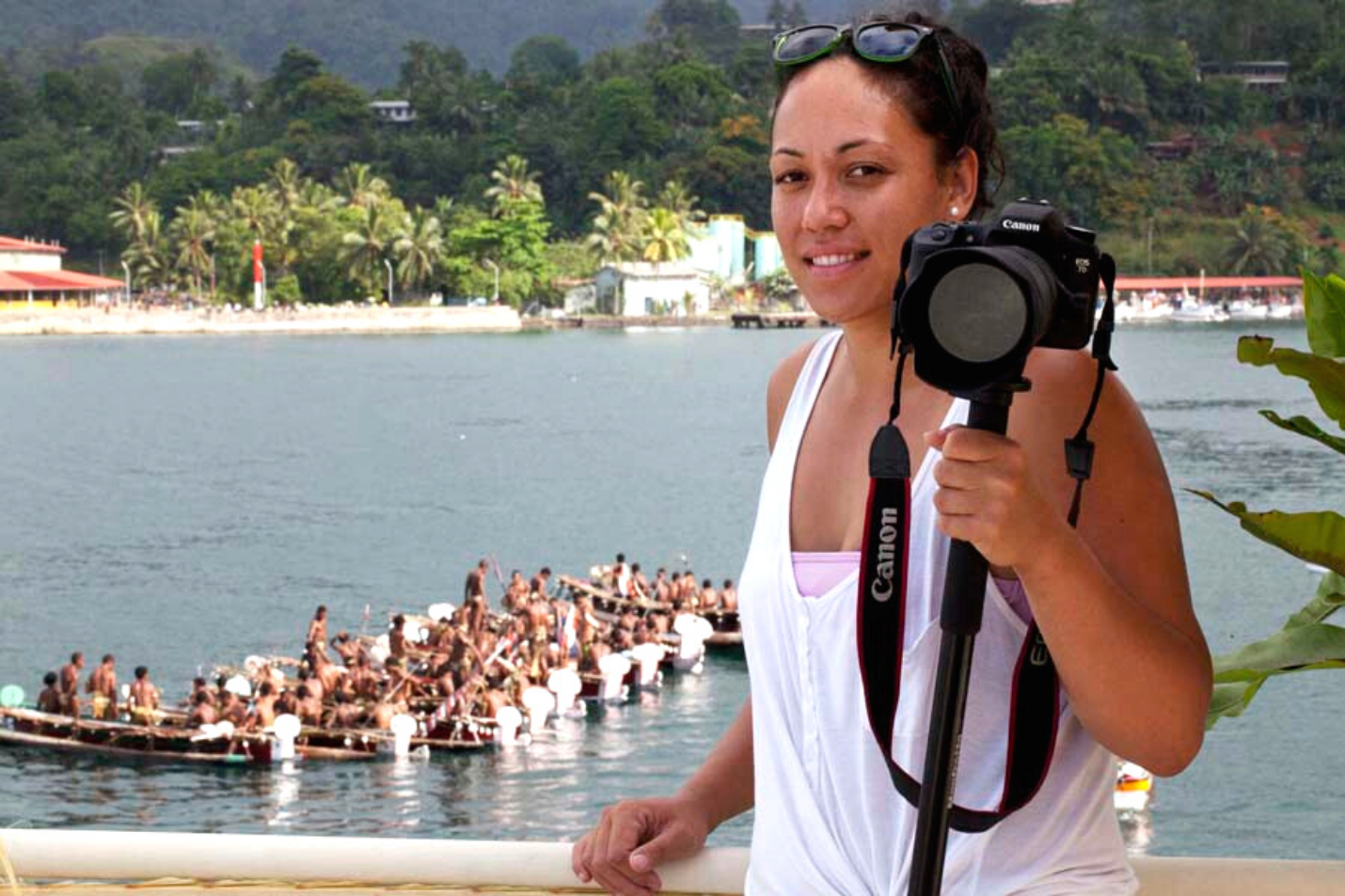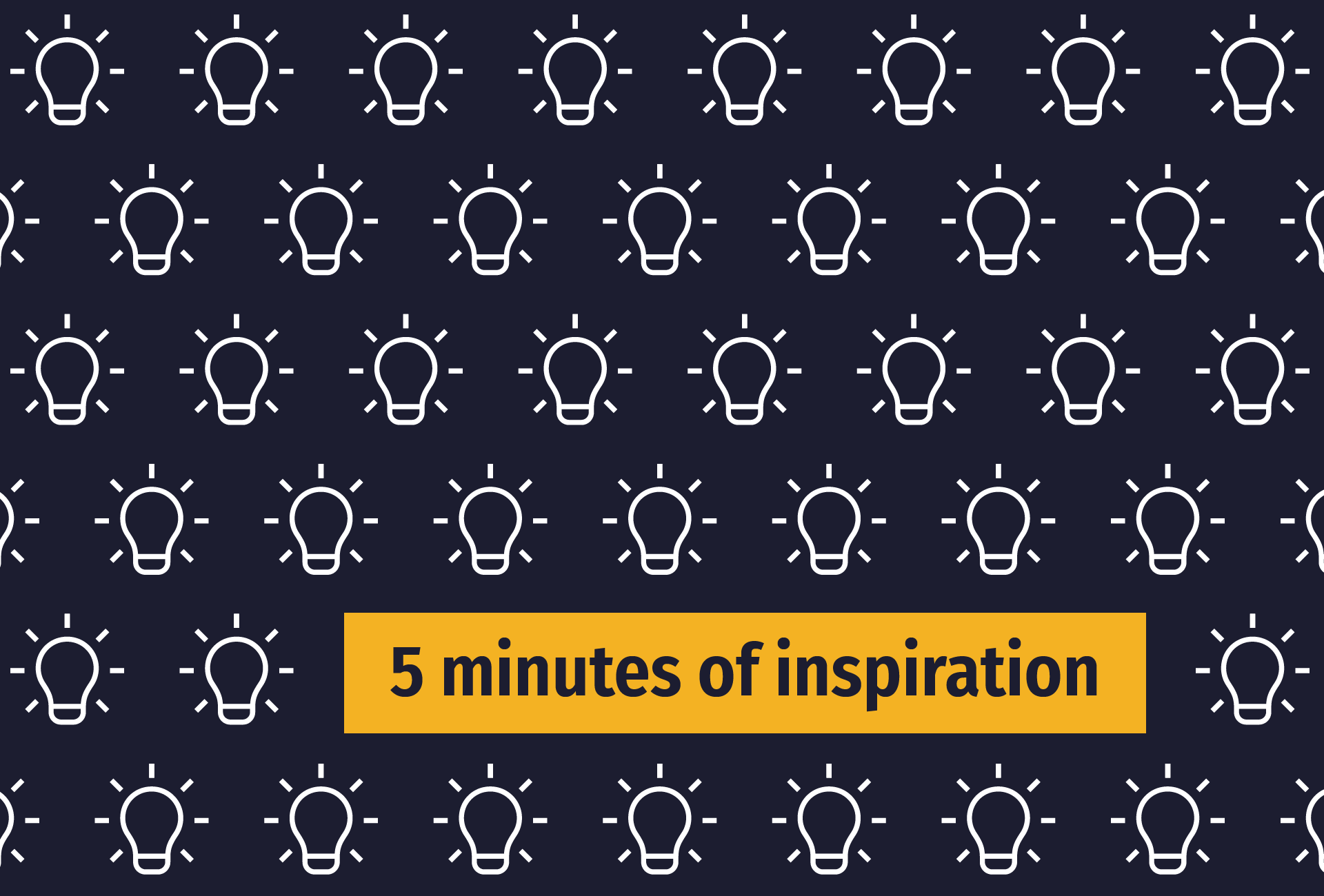What CARE International does in Papua New Guinea
Papua New Guinea faces many challenges in overcoming poverty. More than 80% of the population live in rural areas, with limited access to health centers, education, and agricultural services.
Women living in rural areas face barriers to economic empowerment. They often work long hours but are rarely involved in decision-making and have little control over the money they earn or the land they farm. Almost two-thirds of these women are also victims of violence.
We focus on creating a more equal world for women and girls by improving access to health services, health information, and farming skills and supporting them to take a greater part in decision-making. We also work with communities and families, encouraging positive attitudes and behaviors towards women.
Our work in Papua New Guinea focuses on:
Since 2020, CARE International has been responding to COVID-19 in Papua New Guinea. Response efforts have included providing access to food and raising awareness about vaccines.









